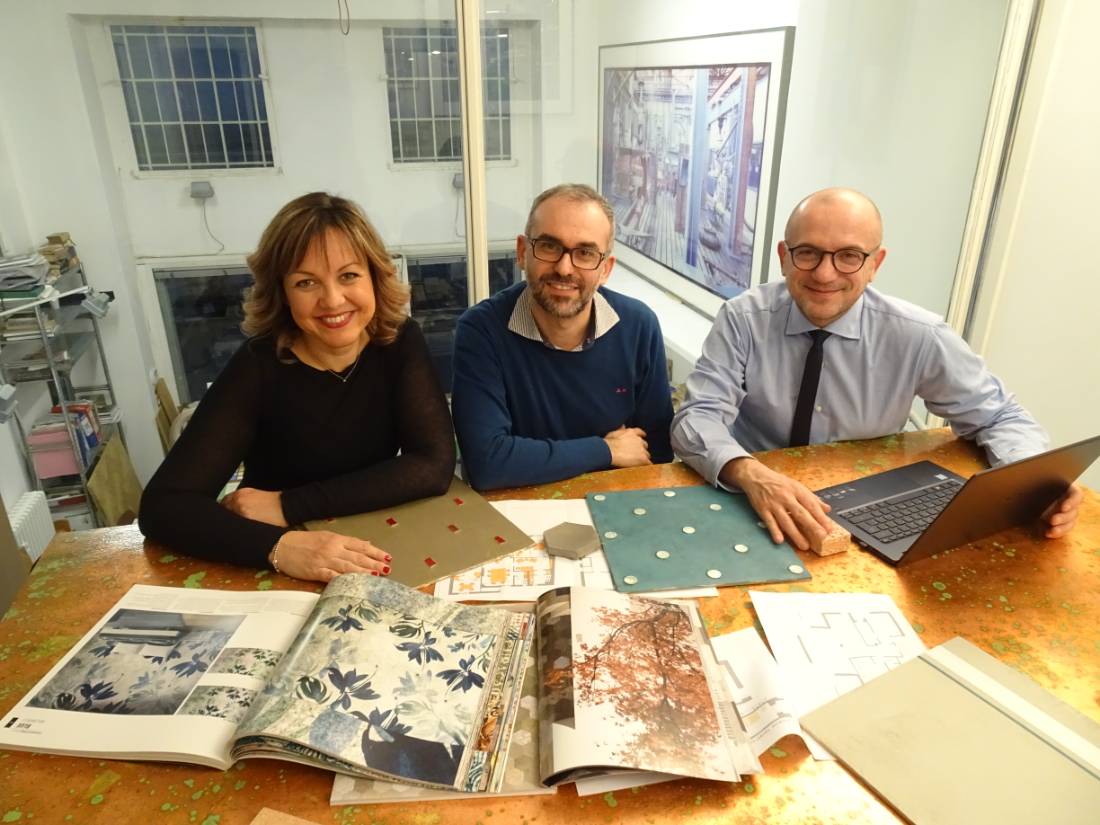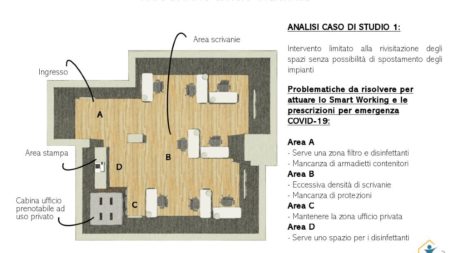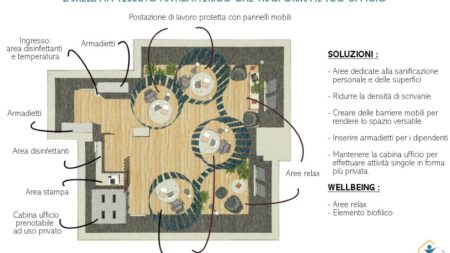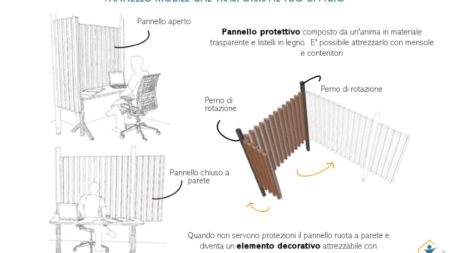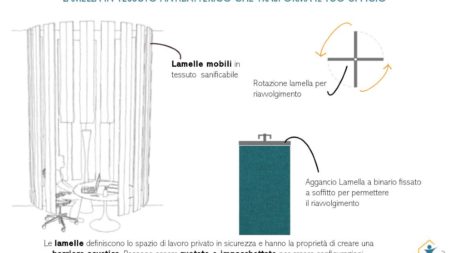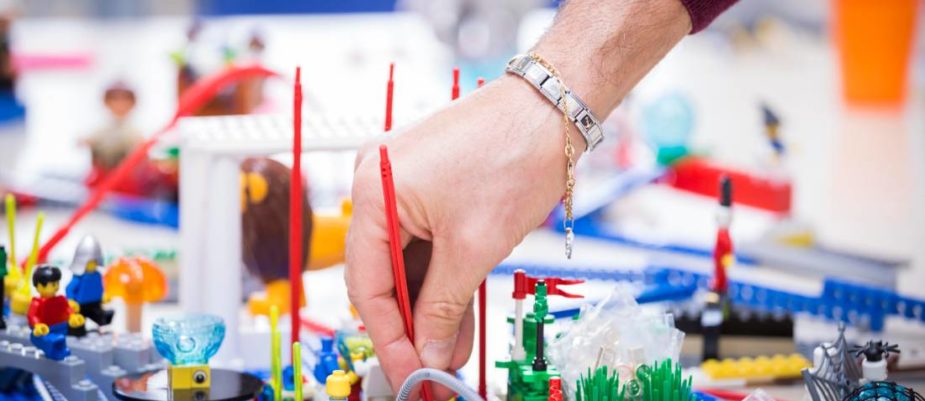
Harmony, method, and speed: these are the keywords of change management in the post-pandemic workplace. An interesting tool to facilitate the journey is Lego Serious Play (LSP), a method that has become popular in recent years for its ability to encourage comparison and acceleration of change. Luca Ornaghi, Co-Founder of Orbita Architettura, and Andrea Martino, CEO of Martino & Partners, spoke about it in the Webinar “Processes and spaces: a strategic approach to change” organized by All Around Work.
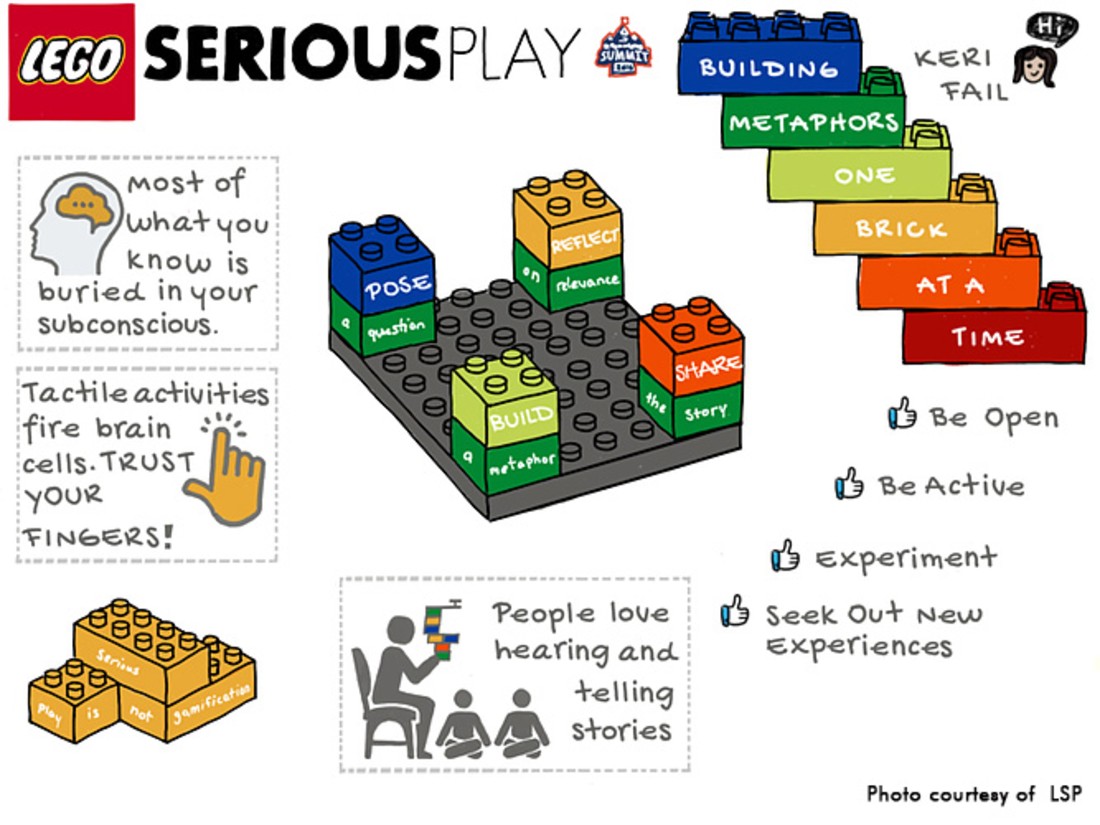
The importance of questioning yourself.
In a recent article, we have highlighted how in times of crisis things cease to be matters of fact, but become “meetings” again, matters of concern.
In this regard, it is essential to take into consideration some key aspects in the post-pandemic workplace:
1. The emotional element. It is important, for example, to analyze the profound structure of corporate relationships, using questionnaires that can detect informal networks, namely personal relationships that people have developed regardless of the company organization chart. They are can generate value and help manage the emotional impact of the actual situation.
2. The need to develop not just resilience, but reactions, in order to be competitive despite everything. This can be achieved by an actual ability to planning, which allows not to ruin the competitive advantage acquired in the past.
3. The time all of us had to think about what our personal and business objectives are and which work-life balance model we find most suitable for us. There are people who like to stay at home, but others who need to be in the office. Everyone needs his level of flexibility, others less: everyone needs his comfort zone. And now we are even more conscious than before.
So why the Lego Serious Play tool at this stage?
With Lego, you can make my thoughts visible on topics that may seem complex and abstract, such as what is innovation? Or what processes can I implement?
Putting my thinking in 3D, assembling it in front of others, allows me not only to make it clearer to myself and the group, but to make it concrete, defined and, therefore, questionable.
Similarities and differences are thus made visible, while the analysis of the need of the people and the company is highlighted, as well as their vision of the future.
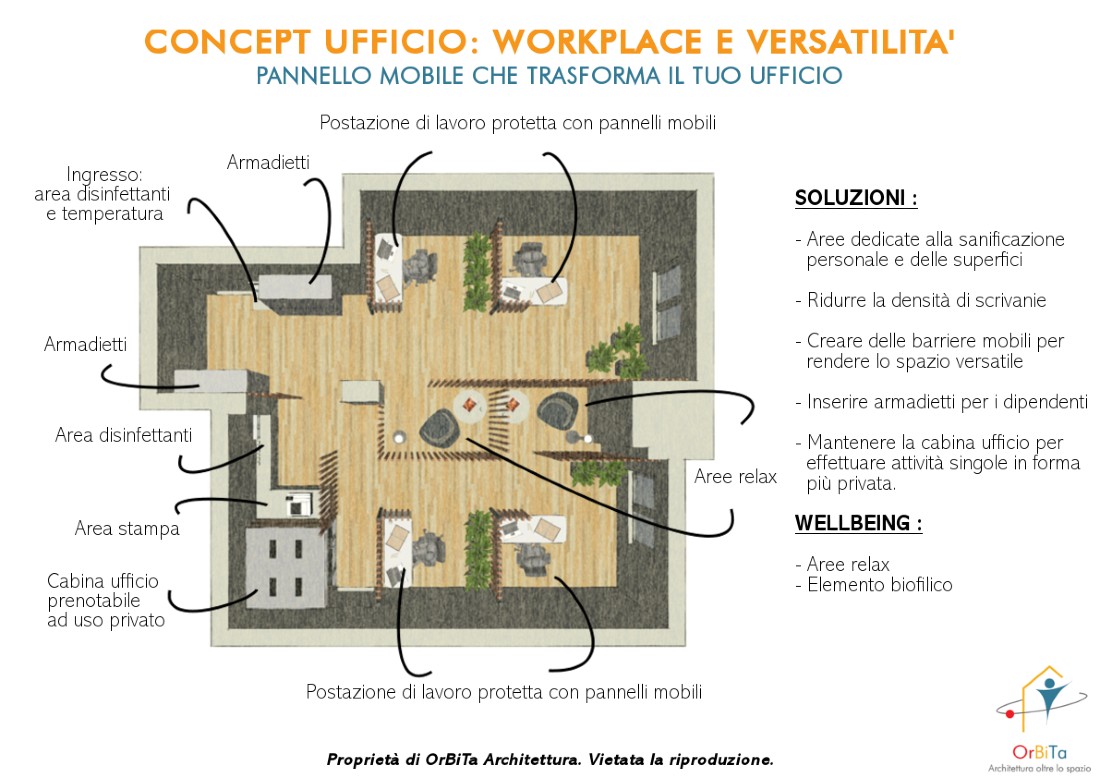
Even though a LSP workshop can last up to 2 days, “you always get out of there with a precise idea of what and how to do it”, explains Luca Ornaghi.
In short, LSP is a powerful tool capable of facilitating a bottom-up process of change. And this is fundamental. After all, people express value for the company through their skills. Skills are manifested through organizational behavior. And organizational behaviors are expressed in spaces. If the message is consistent and built together everything will work better.
What are the general principles in which to insert the LSP?
Although there are no unique recipes, but always and only specific to each case, there is a common scaffold that allows you to accompany a company to redesign its identity.
The first thing to do is to identify the strategic objectives that will guide our process. To do this it is crucial that the company’s vision is clearly defined. Then you need to imagine a stable model, avoiding thinking only about contingent situations that in the future may be unsuitable and inconsistent with the value system of the same company.
Secondly, people are the real key to the company’s success. Andrea Martino calls “Comfort zone” the main success factor for a working context: the ability to provide an environment where all people, each with his own personality, are accompanied in living their work in a comfortable situation that allows them to unleash their potential.
“The real thing is to create a comfort system,” explains Martino.
Thirdly, the role of communication becomes fundamental: change must not be imposed but shared, communicated, and built together with people.
This leads to a fourth point: the sharing and internalization of corporate values. This allows the company to be quicker in its decision process as well as to implement a flexible and scalable operating model that is adaptable to the pressure of the different external situations.
Eventually, Lego Serious Play allows managers to work on all these four points, considering at the same time the emotional aspect of each member of the team. After all, it allows you to sit around a table and to concretely imagine the future in search of new meanings. And never as in post-pandemic times, the game has become so serious.
Text by Gabriele Masi.
